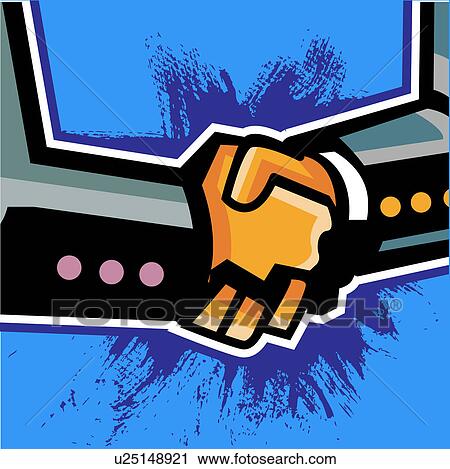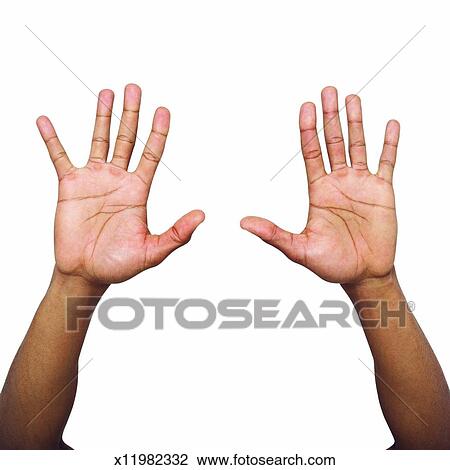

"My views on Khashoggi have been made absolutely clear," Biden said on Thursday when a journalist asked about his upcoming meeting with bin Salman. president to avoid shaking the Saudi crown prince's hand.

The policy, which the White House said was due to COVID-19, quickly raised questions about whether it was intended to provide a ready explanation for the U.S. The president also followed the script the White House laid out earlier this week, saying that during the trip, Biden would refrain from handshakes. In doing so, Biden completed a departure from a position he campaigned on: that he would treat Saudi Arabia like a "pariah" because of its record of human rights abuses.

says approved an operation in Istanbul, Turkey, that ended with the gruesome killing of journalist Jamal Khashoggi by Saudi agents in 2018.īin Salman personally welcomed Biden to Al-Salam Palace on Friday - and the two shared a quick fist-bump that was captured by numerous photographers. Biden met the Saudi crown prince Fridayīiden's commitment to human rights is being scrutinized during his trip to Saudi Arabia, particularly his encounter with bin Salman, who the U.S. Two encounters have become the focus of the interest in his handshakes: Biden's offer (declined) to shake an Israeli woman's hand, and how he handles his interaction with Saudi Arabia's Crown Prince Mohammed bin Salman. President Biden's love for the personal touch, dispensing hugs and handshakes, is under close scrutiny on his trip to the Middle East. He was later greeted by Saudi Arabia's Crown Prince Mohammad bin Salman.
Hands also indicate how much we care for ourselves and how we view social convention.President Biden is welcomed at King Abdulaziz International Airport in the Saudi coastal city of Jeddah. A hug or an abrazo, even a kiss, may be more in order. Remember in some cultures, a handshake is a secondary greeting gesture. Handshakes should mirror the other person’s handshake, with good eye contact. No one likes an aggressive handshake and vise-like grips are not appreciated. Get it right and you score emotional points. It may seem trivial, but get it wrong and it could leave a lasting negative impression. The first time we touch others is usually with a handshake. A behavior we reserve for when things are really bad. When things are really stressful, you will rub your hands together with fingers stretched out and interlaced (Teepee Hands). When you are stressed, there will be more rubbing of the hands together (self-massaging or “pacifying”) which will increase in frequency and force commensurate with the stress. You will steeple your fingers (fingertips together like a church steeple) more often when confident but it will vanish the moment you lack confidence or have insecurities. When you feel confident, your thumbs will rise more often as you speak, especially if your fingers are intertwined in front of you. When you feel insecure, that space disappears-in fact, you may find yourself tucking your thumbs under your fingers when under a lot of stress. You may not have noticed, but when you feel strong and confident, the space between your fingers grows, making your hands more territorial. Stress makes our hands feel colder and more rigid. When we are comfortable and contented blood flows into the hands, making them warm and pliable. DRAWINGS OF TWO CLOSED HANDS TOGETHER FULL
Full touch with the palm of the hand is warm and affectionate while touching with the fingertips betrays less affection.
How we touch others is determined by how we feel about them. Here are a few of the comments excerpted from the book: Because the hands can reveal so much, I decided to write in my new book, Louder Than Words, about the kinds of information we can glean from the hands and what others may interpret.







 0 kommentar(er)
0 kommentar(er)
